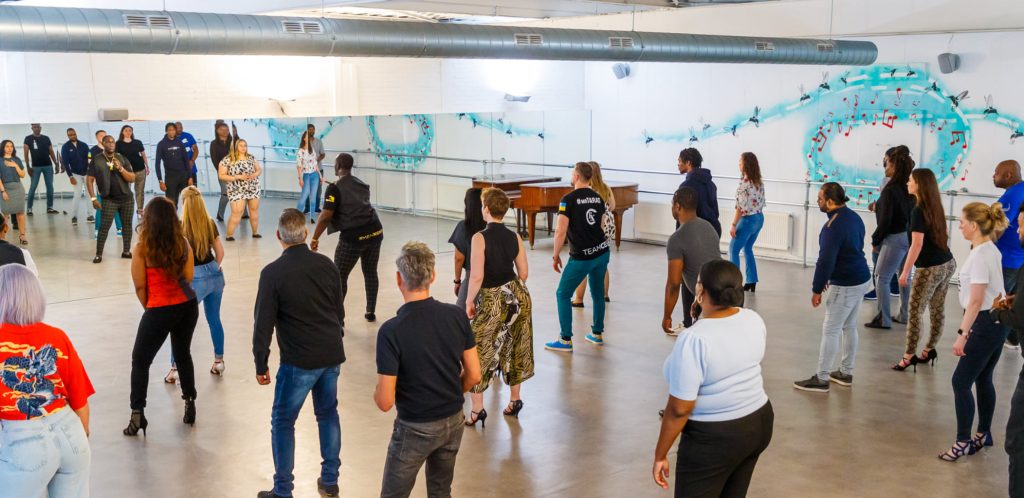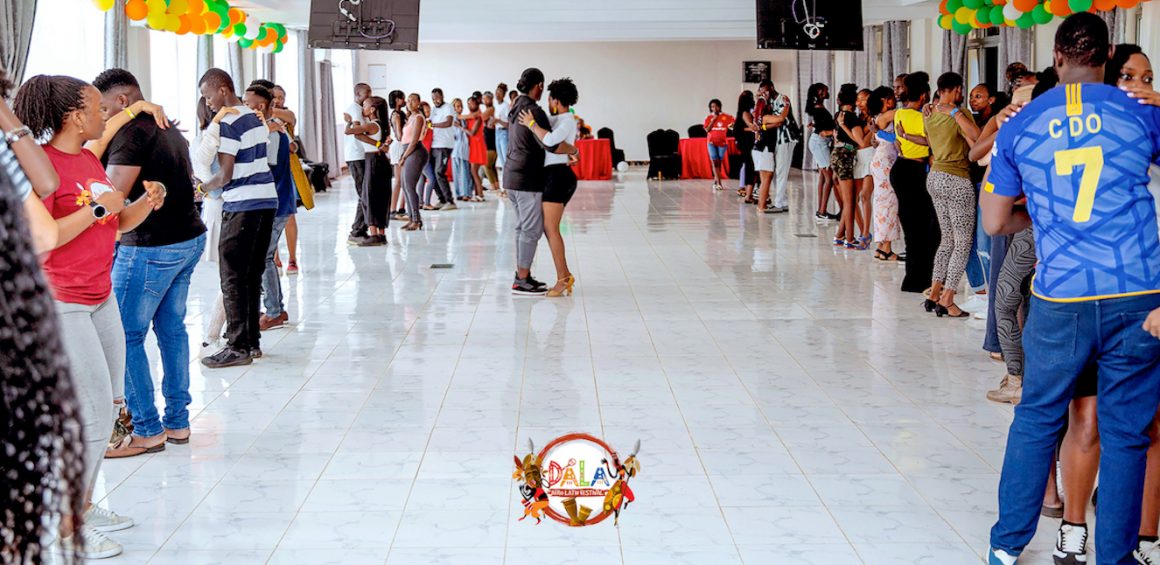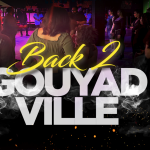Sony teaching Konpa in Kisumu, Kenya (Africa)
Understanding the Importance of Cultural Authenticity in Dance Instruction
As Konpa gains global traction and increasing visibility at dance festivals and cultural events, a timely question arises: Should Haitians gatekeep teaching Haitian Konpa? This is a topic that touches on identity, cultural pride, and the authenticity of a nearly 75-year-old musical tradition. For the Haitian people, culture is sacred. From cuisine and language to music and dance, there is an immense sense of pride and responsibility in preserving the essence of what it means to be Haitian. Naturally, this includes Konpa.
Why the Question Matters Now
Konpa is more than just a rhythm—it’s a reflection of Haiti’s history, soul, and evolving spirit. As the genre experiences a global resurgence, Konpa is increasingly being featured at international dance festivals, many of which are organized around Kizomba, Semba, or Salsa. While this exposure is a beautiful way to share our culture, it has also led to a new dilemma: more and more non-Haitian instructors are teaching Konpa without a full understanding of its history, variations, or cultural context.
This issue is sensitive, but worth addressing with care. Cultural pride is a powerful force. Haitians are naturally protective of Konpa because they recognize its depth and complexity. If that cultural depth is misrepresented—even unintentionally—it can lead to a diluted or distorted version of the dance.
Understanding Konpa’s Stylistic Diversity
Konpa music has undergone significant stylistic changes over the decades. From the foundational “Konpa Dirèk” to the more modern, instrumental, or digital variations, each era has influenced how the dance is interpreted and performed. These stylistic shifts directly affect the dance community. Some versions of Konpa encourage tighter, closed-frame partner dancing, while others allow for more open, animated expressions.
Unfortunately, many instructors—Haitian and non-Haitian alike—teach a singular interpretation of Konpa, often the most accessible or visually appealing style. They may present the “Kare” (square step) as the entirety of Konpa, or they may focus on a theatrical or highly stylized version of the dance, labeling it as the standard. This creates confusion among dancers. When someone trained in musicality and nuanced body control dances with someone who only knows an open-level format, both dancers may mistakenly believe the other is “doing it wrong.”
The Risk of Oversimplification
Open-level Konpa is a great starting point for beginners. But teaching this as the only way to dance Konpa erases the richness of the genre. It turns a vibrant, culturally-rooted dance into something overly simplified and disconnected from the music that drives it. And when this simplified version is taught at international festivals as the official Konpa style, it misleads attendees and distorts global perceptions of the dance.
So, should Haitians gatekeep teaching Haitian Konpa? Not in the sense of exclusion. But in the sense of guardianship—absolutely.

You Don’t Have to Be Haitian, But You Must Know the Culture
As someone who has been immersed in Haitian Konpa for years, I, Sony Laventure, do not believe that one has to be Haitian by blood to teach Konpa. But if you choose to teach Konpa—especially in formal or masterclass settings—you have a responsibility to understand the culture, music, and history that give life to the dance. You must be familiar with the different categories of Konpa music and how those influence dance styles. Teaching the art without that understanding doesn’t just do a disservice to the culture—it does a disservice to your students.
Moving Forward With Respect and Collaboration
The goal isn’t to discourage non-Haitians from dancing or teaching Konpa. In fact, we welcome the love and support. But what we ask is for deeper research, more listening, and a willingness to learn from those who live the culture. Instead of teaching what “looks good,” we should prioritize what feels right—what is aligned with the music and rooted in cultural tradition.
I would love to hear your thoughts on my article. Feel free to comment below in the comment section.
If you are a dancer, instructor, or organizer looking to bring more authentic Konpa to your platform or community, I’d be honored to be a resource. Whether you want to learn the dance in its full range or invite me, Sony Laventure, to teach or speak about Konpa in your city or festival, you can use the form below to submit a request.
Let’s grow this beautiful art form together—with respect, depth, and authenticity.



